Cover
Copyright
About the Author
Table of Contents
Preface
1: Laying the Foundation
Digital image basics
Pixel intensities
Color depth and color spaces
Color channels
Introduction to the Mat class
Exploring the Mat class: loading images
Exploring the Mat class – declaring Mat objects
Spatial dimensions of an image
Color space or color depth
Color channels
Image size
Default initialization value
Digging inside Mat objects
Traversing Mat objects
Continuity of the Mat data matrix
Image traversals
Image enhancement
Lookup tables
Linear transformations
Identity transformation
Negative transformation
Logarithmic transformations
Log transformation
Exponential or inverse-log transformation
Summary
2: Image Filtering
Neighborhood of a pixel
Image averaging
Image filters
Image averaging in OpenCV
Blurring an image in OpenCV
Gaussian smoothing
Gaussian function and Gaussian filtering
Gaussian filtering in OpenCV
Using your own filters in OpenCV
Image noise
Vignetting
Implementing Vignetting in OpenCV
Summary
3: Image Thresholding
Binary images
Image thresholding basics
Image thresholding in OpenCV
Types of simple image thresholding
Binary threshold
Inverted binary threshold
Truncate
Threshold-to-zero
Inverted threshold-to-zero
Adaptive thresholding
Morphological operations
Erosion and dilation
Erosion and dilation in OpenCV
Summary
4: Image Histograms
The basics of histograms
Histograms in OpenCV
Plotting histograms in OpenCV
Color histograms in OpenCV
Multidimensional histograms in OpenCV
Summary
5: Image Derivatives and Edge Detection
Image derivatives
Image derivatives in two dimensions
Visualizing image derivatives with OpenCV
The Sobel derivative filter
From derivatives to edges
The Sobel detector – a basic framework for edge detection
The Canny edge detector
Image noise and edge detection
Laplacian – yet another edge detection technique
Blur detection using OpenCV
Summary
6: Face Detection Using OpenCV
Image classification systems
Face detection
Haar features
Integral image
Integral image in OpenCV
AdaBoost learning
Cascaded classifiers
Face detection in OpenCV
Controlling the quality of detected faces
Gender classification
Working with real datasets
Summary
7: Affine Transformations and Face Alignment
Exploring the dataset
Running face detection on the dataset
Face alignment – the first step in facial analysis
Rotating faces
Image cropping — basics
Image cropping for face alignment
Face alignment – the complete pipeline
Summary
8: Feature Descriptors in OpenCV
Introduction to the local binary pattern
A basic implementation of LBP
Variants of LBP
What does LBP capture?
Applying LBP to aligned facial images
A complete implementation of LBP
Putting it all together – the main() function
Summary
9: Machine Learning with OpenCV
What is machine learning
Supervised and unsupervised learning
Revisiting the image classification framework
k-means clustering – the basics
k-means clustering – the algorithm
k-means clustering in OpenCV
k-nearest neighbors classifier – introduction
k-nearest neighbors classifier – algorithm
What k to use
k-nearest neighbors classifier in OpenCV
Some problems with kNN
Some enhancements to kNN
Support vector machines (SVMs) – introduction
Intuition into the workings of SVMs
Non-linear SVMs
SVM in OpenCV
Using an SVM as a gender classifier
Overfitting
Cross-validation
Common evaluation metrics
The P-R curve
Some qualitative results
Summary
Appendix: Command-line Arguments in C++
Introduction to command-line arguments
Parsing command-line arguments
Summary
Index
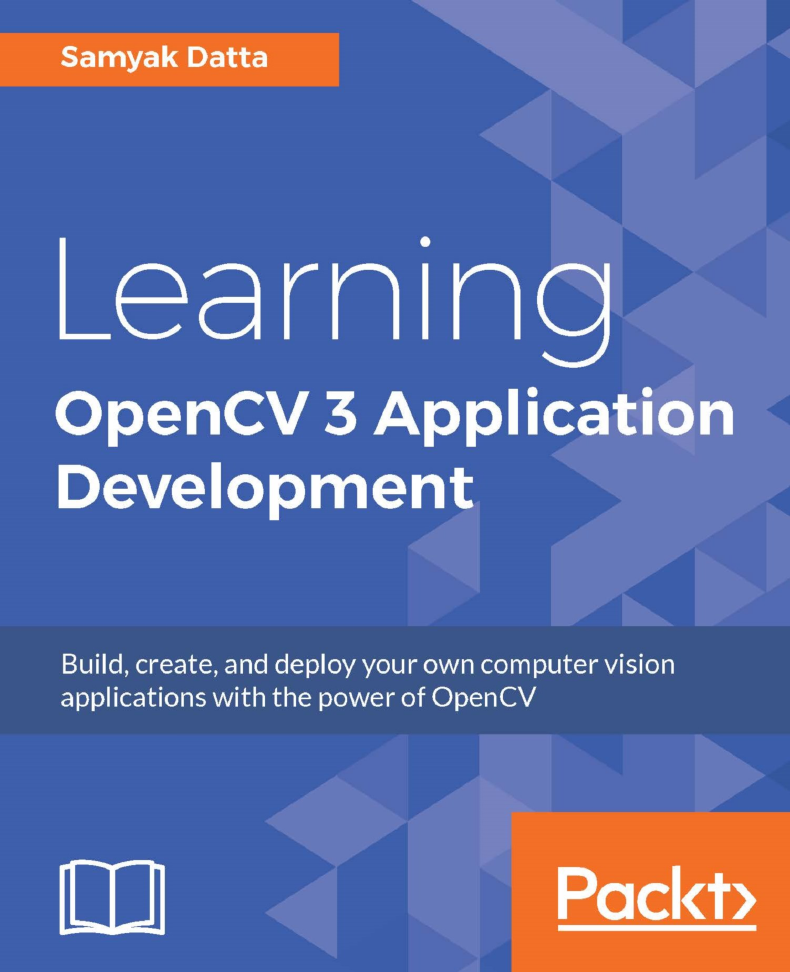
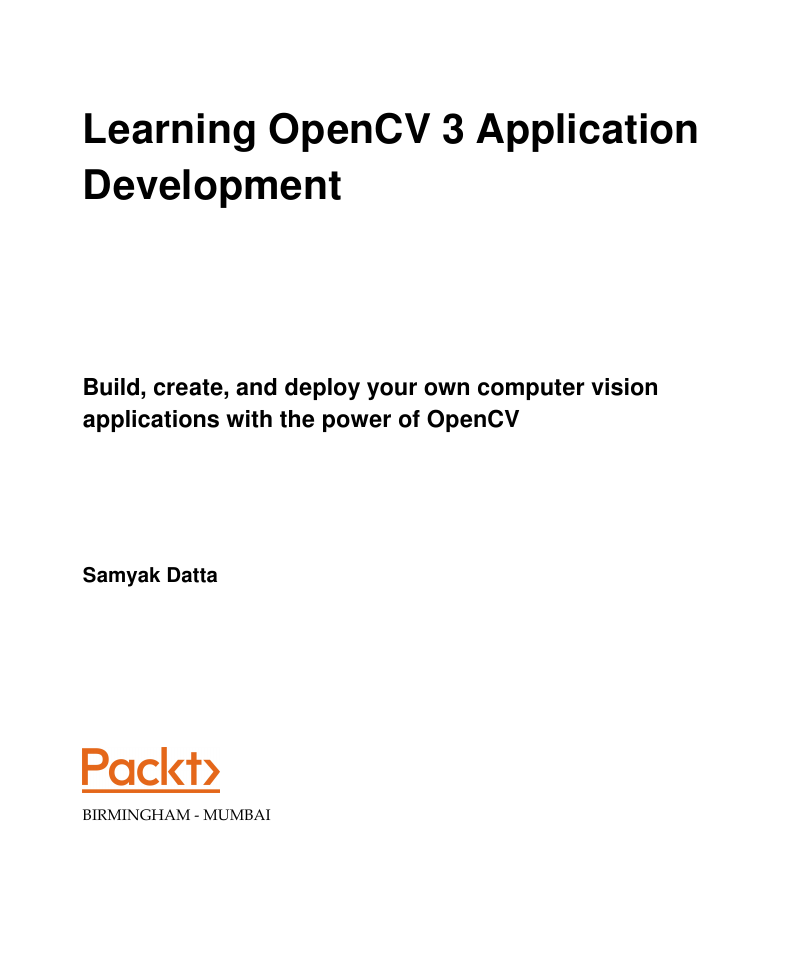
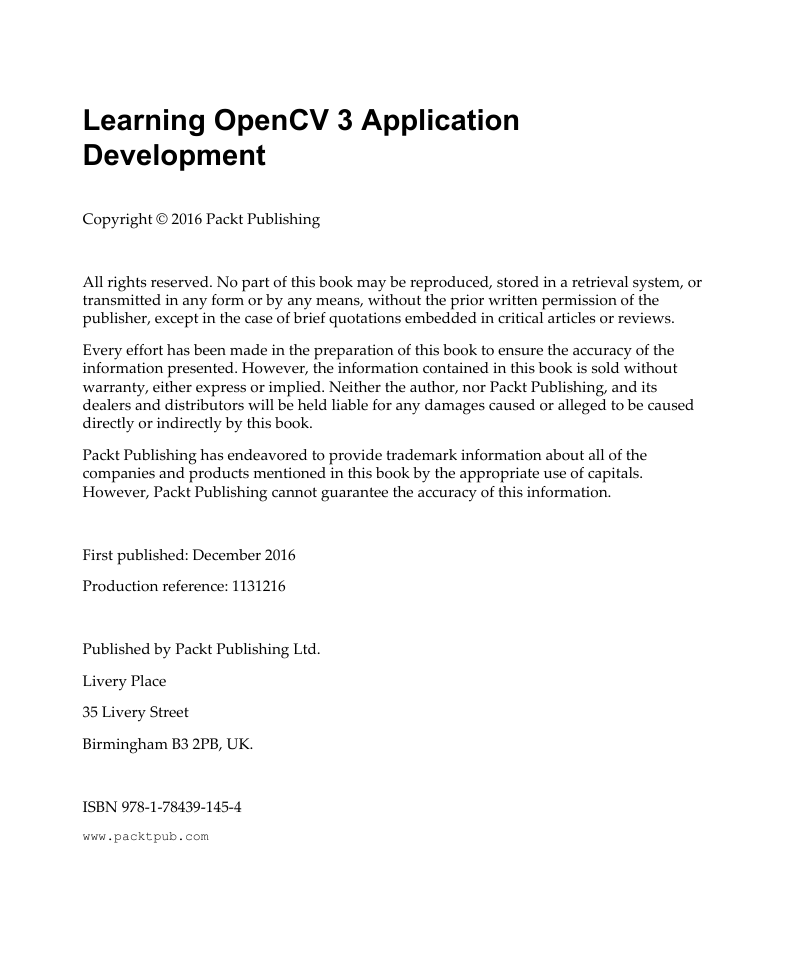

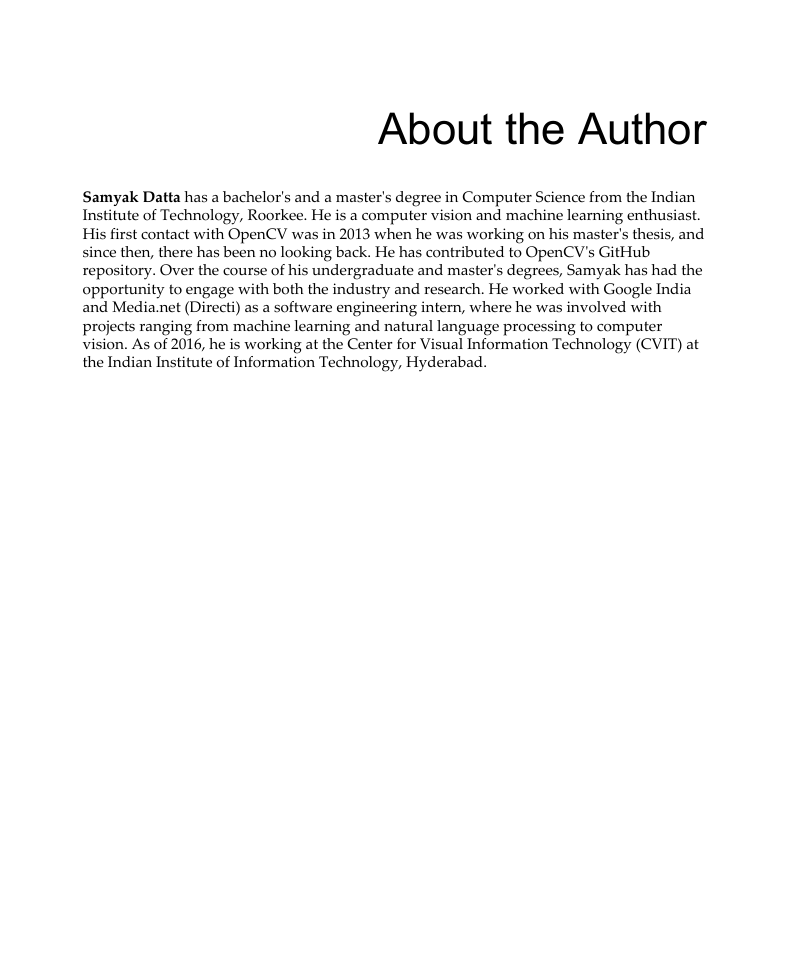

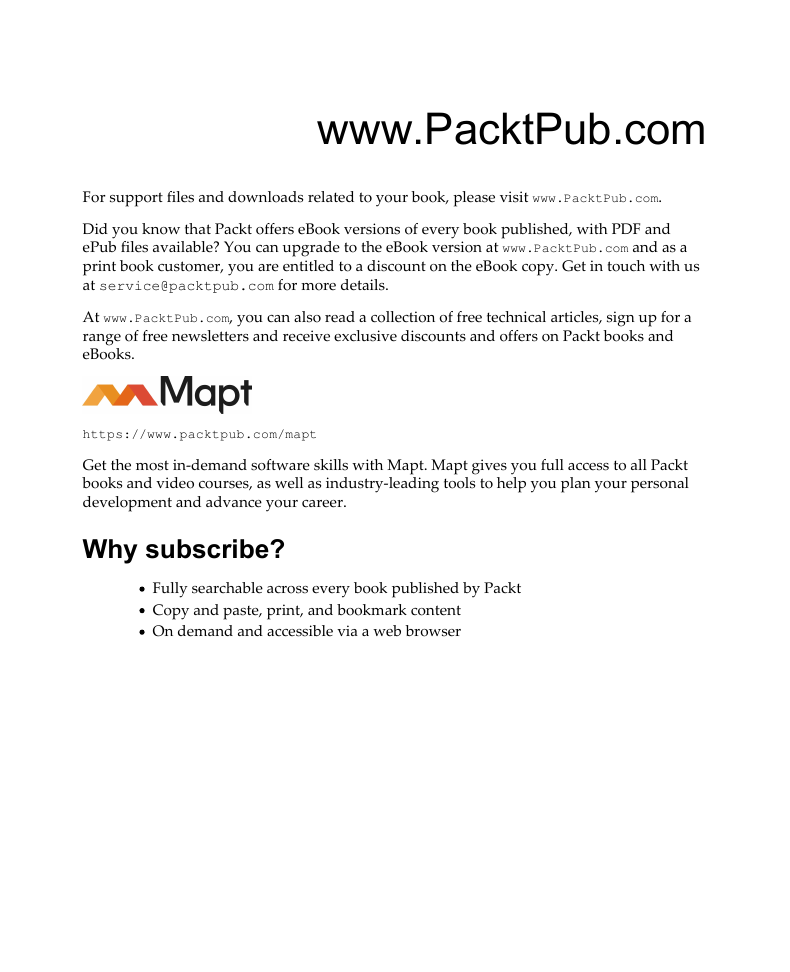
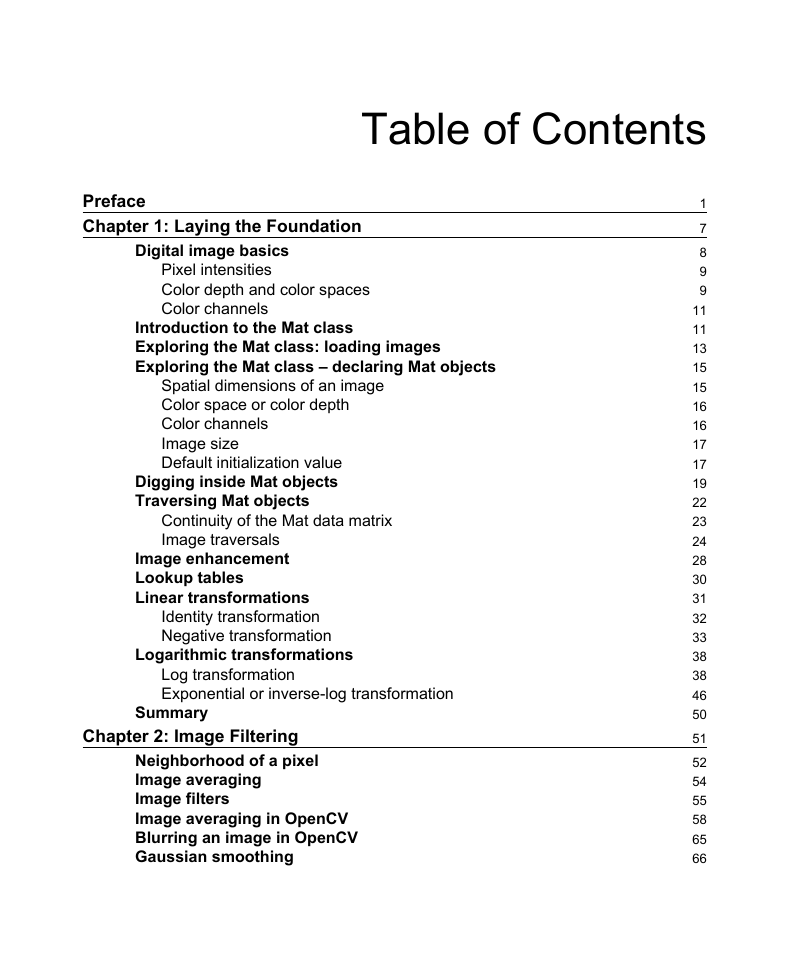








 2023年江西萍乡中考道德与法治真题及答案.doc
2023年江西萍乡中考道德与法治真题及答案.doc 2012年重庆南川中考生物真题及答案.doc
2012年重庆南川中考生物真题及答案.doc 2013年江西师范大学地理学综合及文艺理论基础考研真题.doc
2013年江西师范大学地理学综合及文艺理论基础考研真题.doc 2020年四川甘孜小升初语文真题及答案I卷.doc
2020年四川甘孜小升初语文真题及答案I卷.doc 2020年注册岩土工程师专业基础考试真题及答案.doc
2020年注册岩土工程师专业基础考试真题及答案.doc 2023-2024学年福建省厦门市九年级上学期数学月考试题及答案.doc
2023-2024学年福建省厦门市九年级上学期数学月考试题及答案.doc 2021-2022学年辽宁省沈阳市大东区九年级上学期语文期末试题及答案.doc
2021-2022学年辽宁省沈阳市大东区九年级上学期语文期末试题及答案.doc 2022-2023学年北京东城区初三第一学期物理期末试卷及答案.doc
2022-2023学年北京东城区初三第一学期物理期末试卷及答案.doc 2018上半年江西教师资格初中地理学科知识与教学能力真题及答案.doc
2018上半年江西教师资格初中地理学科知识与教学能力真题及答案.doc 2012年河北国家公务员申论考试真题及答案-省级.doc
2012年河北国家公务员申论考试真题及答案-省级.doc 2020-2021学年江苏省扬州市江都区邵樊片九年级上学期数学第一次质量检测试题及答案.doc
2020-2021学年江苏省扬州市江都区邵樊片九年级上学期数学第一次质量检测试题及答案.doc 2022下半年黑龙江教师资格证中学综合素质真题及答案.doc
2022下半年黑龙江教师资格证中学综合素质真题及答案.doc